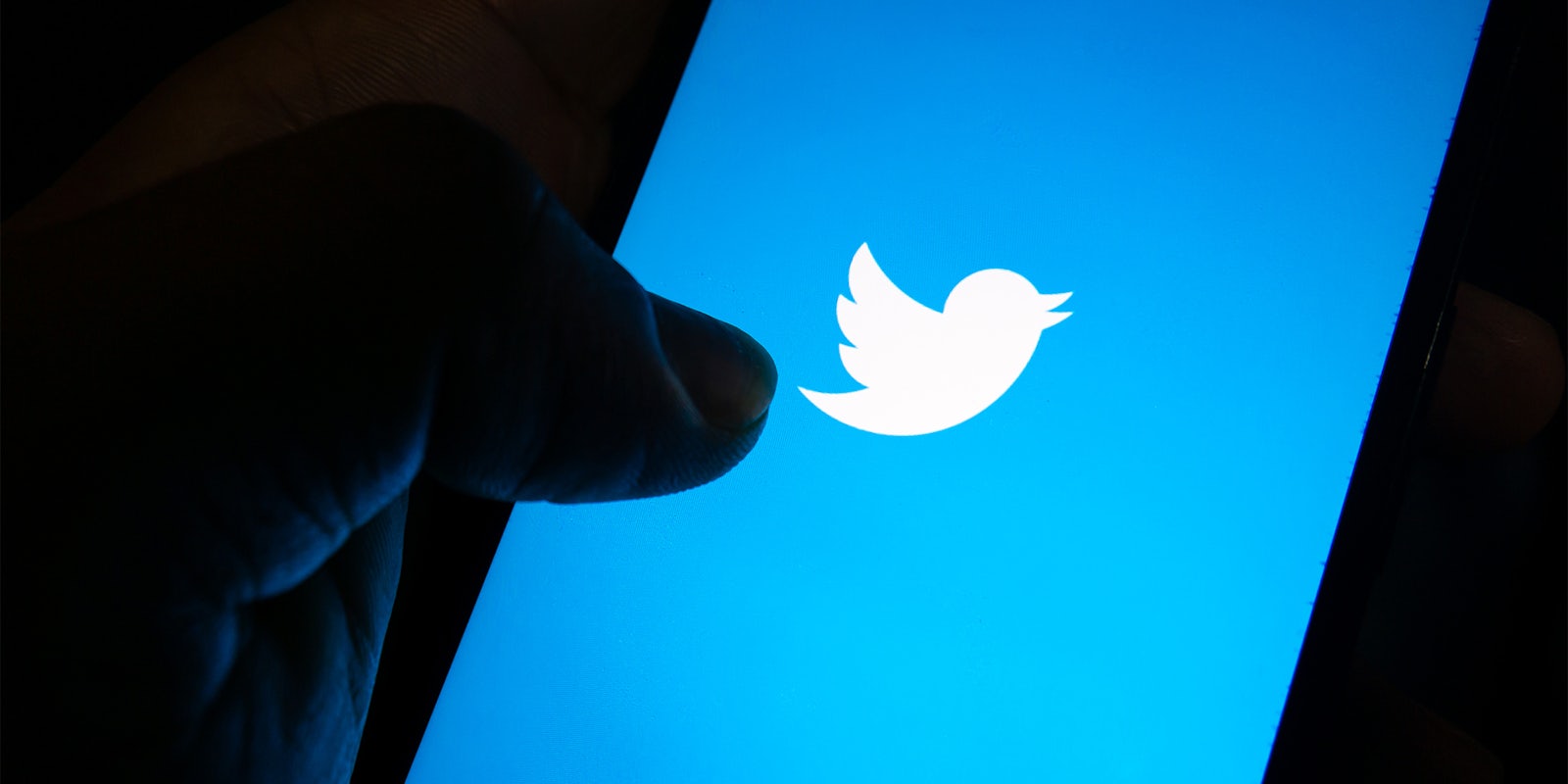Analysis
On Saturday, April 1, Twitter says it will begin the process of removing legacy checkmarks on profiles. (Yes, the company chose April Fools’ Day.) That means we’ll supposedly see those checkmarks disappear on the more than 400,000 profiles that were verified before Elon Musk took over, ending a program that lets you know who is really who they say they are on a platform.
The decision was met with derision this week, and celebrities—who were a big appeal for many users joining the platform in the first place—threatened to leave the platform. The only option to keep a checkmark going forward? Pay for Twitter Blue.
“Friends, there are bigger issues in the 


William Shatner, best known for his role in Star Trek, tweeted that he will go checkless until there’s a new “guardrail” in place. “Twitter lost its way,” he wrote.
“It’s more about treating everyone equally. There shouldn’t be a different standard for celebrities imo,” Musk responded to Shatner.
But for people who used the checkmark to combat misinformation on the app, the end of verification is seen as a big misstep. Users have also pointed out that Twitter Blue, which costs more than $100 annually for iOS and Android users in the U.S., includes features that have already been free on the app or are free on other apps.
But even users who subscribe to Twitter Blue for access to more features don’t seem completely on board with ending verification as a whole. “I got twitter blue because I wanted to post longer videos. I did nothing to confirm my identity and they still put a check mark on my account. What if it’s not me,” wrote user @JessicaLBurbank.
Why it matters
The whole reason why people want blue checkmarks—on any app—is because it makes them look important or famous. Companies and organizations also use them to make sure that people are responding to the correct account.
But if the famous people no longer have checkmarks, then checkmarks as a whole will lose their value on social media. Soon, all a checkmark will denote on Twitter is that you pay for it.


